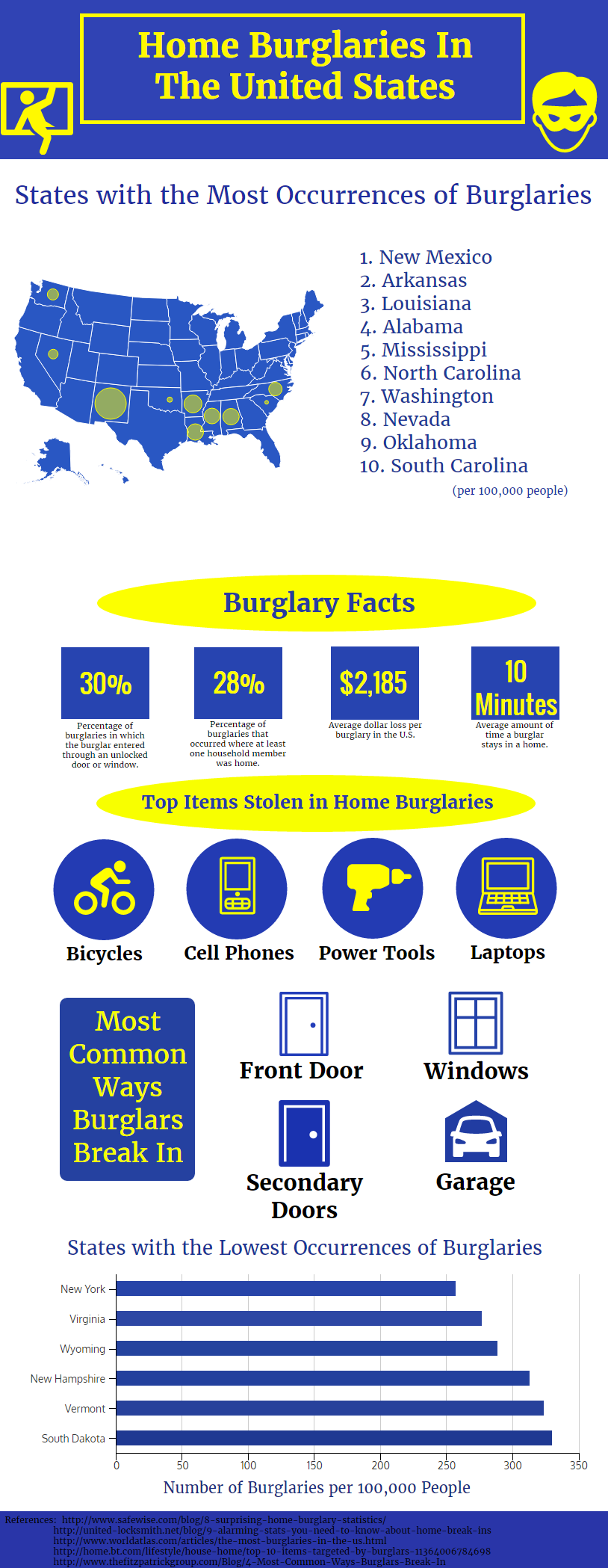 If you’ve ever lived in a home that had windows in it, you’ve probably seen condensation form on them at one time or another. While condensation is always caused by one basic reason -- warm, humid air coming into contact with a cooler surface -- there can be different factors that lead to it forming on a window. Sometimes, window condensation and the way it forms can tell you important information about your home and the condition of your windows.
If you’ve ever lived in a home that had windows in it, you’ve probably seen condensation form on them at one time or another. While condensation is always caused by one basic reason -- warm, humid air coming into contact with a cooler surface -- there can be different factors that lead to it forming on a window. Sometimes, window condensation and the way it forms can tell you important information about your home and the condition of your windows.
In many cases, window condensation is only temporary and isn’t anything major to worry about. Typically, it’s simply a sign the humidity levels in your home are a little too high. Condensation can form on windows when you’re doing things like cooking or taking a shower, or just because the inside of your home is much warmer than it is outside. You’ll most commonly see this type of condensation forming along the outer edges and corners of the pane of glass. Although this type of condensation is only temporarily, it can still be annoying and if you have wood windows, you’ll still want to keep it under control so the moisture doesn’t damage your frames. If you notice condensation forming during certain activities, like bathing or cooking, try running the exhaust fan while you do them. If you don’t have an exhaust fan, you can always try leaving doors or windows open just a little to get rid of some of that warm air. If you have a humidifier or a dehumidifier, you could try adjusting those to see if they help.
While condensation often isn’t a big deal, other times, it can be a sign there is a problem with your window. For example, are you seeing condensation forming in the center of the interior side of a window? If you have double or triple pane windows insulated with argon, this is most likely a sign that the argon has leaked out. Over time, the seals that keep the argon in can fail, causing the window to become less effective at insulating your home. If this is what’s happened, you might also see some distortion in the window’s glass. When this happens, you will have to get new vinyl replacement windows.
Another sign your window’s seals may be deteriorating is seeing condensation form between the panes of your window. This type of condensation can be particularly annoying since it’s so difficult to get rid of. The good news is that in many cases, this problem can be fixed without having to replace the entire window.










